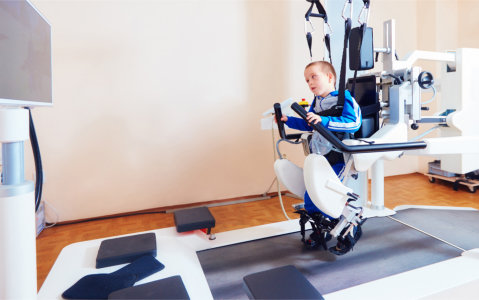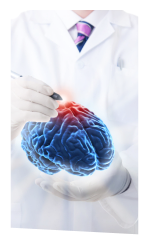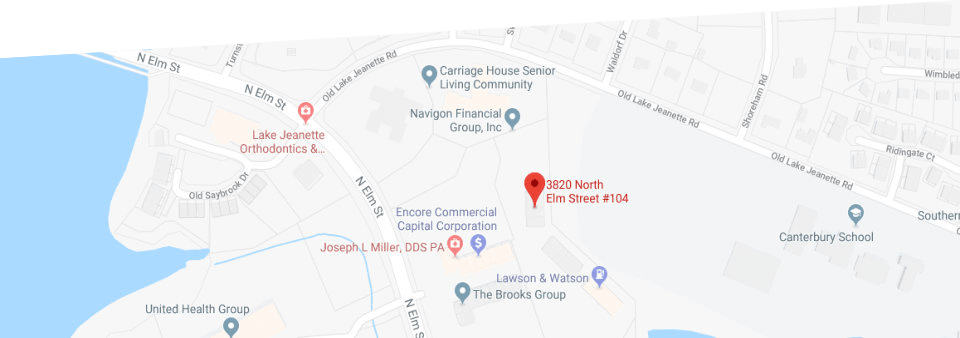
Despite the colossal advocacy efforts for cerebral palsy, myths still cloud the perception of many about the condition. It is time to debunk misconceptions. The following are the five most common misconceptions about cerebral palsy you need to know about:
- Cerebral Palsy Is the Same for Everyone
Cerebral palsy is an umbrella term used to define a diverse set of neurological disorders that involves different symptoms. Cerebral palsy is different for everyone, so each case will differ. There are four main types of cerebral palsy, namely spastic, athetoid, ataxic, and mixed cerebral palsy. A person with spastic cerebral palsy may have difficulty controlling one arm while another individual with the same type may have difficulty with all four limbs. The symptom may always vary per person. - Cerebral Palsy Can Be Cured
This misconception is a difficult one to accept. We simply hoped it is true too, but unfortunately, it is not. Up until today, there is still no cure for cerebral palsy. However, this does not mean that your child will not be able to live a healthy life. Advancements in science and technology have paved a way to improve the quality of life for people with this condition. Today, children can benefit from a broad range of therapies, medications, and other interventions available in the neurology practice. These interventions are aimed to manage the symptoms, not cure it. - Cerebral Palsy Is Contagious
Cerebral palsy is not contagious. You will not have the condition simply by touching or being in the same room with a person with the condition. It is important to understand that cerebral palsy is primarily a genetic condition. In fact, most cases are caused by damage to the brain either during pregnancy or the birthing process. In some rare cases, the condition is associated with medical malpractice. - Cerebral Palsy Makes Independence Impossible
While cerebral palsy does limit mobility in certain ways, it does not make independence impossible to achieve. Recently, there exists a broad range of assistive devices and services designed to promote independence. Even people who cannot walk are not homebound. Wheelchairs make traveling from one point to the other possible. Moreover, simple modifications at home and other places can promote independence. To get help in helping your loved one regain their independence even with cerebral palsy, let them undergo comprehensive neurology in Greensboro, North Carolina at our institution. - Cerebral Palsy Inhibits Communication
While it is true that cerebral palsy makes communication challenging for people with the condition, it does not impede it. Communication can come in different forms. It is not limited to talking alone. Speech therapy is not the only option. Alternative speech systems have increasingly gained attention over the years and have proven to be as effective.
Kiings Neurological Care PLLC encourages you to spread awareness about cerebral palsy by sharing what you just have learned with your loved ones.











